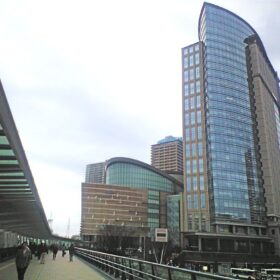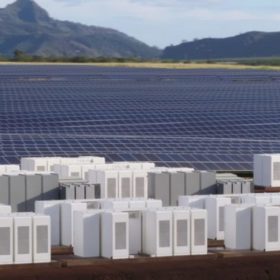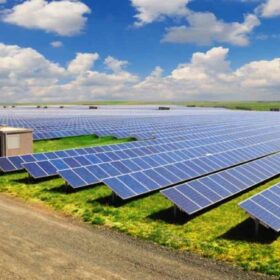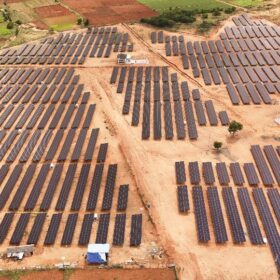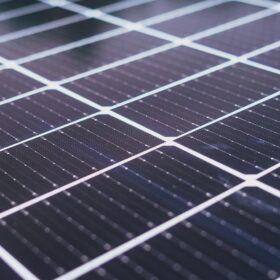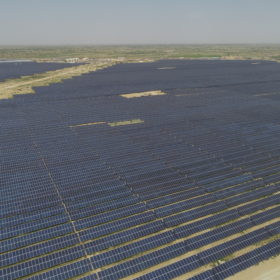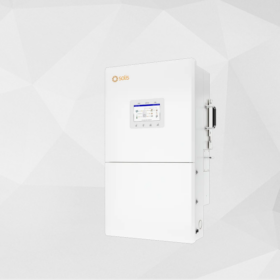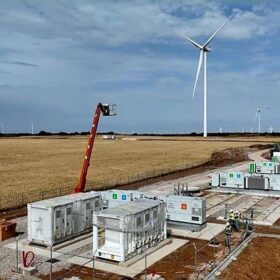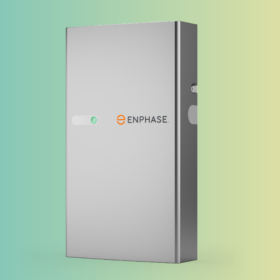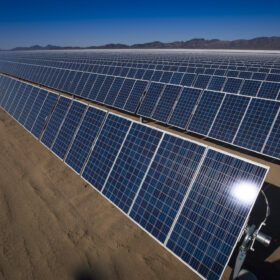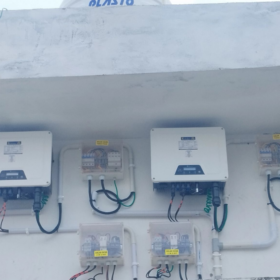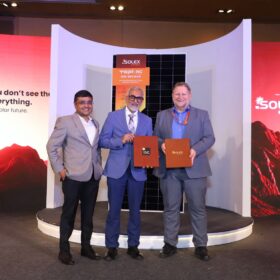Japan launches R&D call for tandem perovskite solar cell mass production
Japan’s New Energy and Industrial Technology Development Organization (NEDO) is accepting proposals for a six-year R&D program to advance large-scale manufacturing technologies and field testing of next-generation tandem perovskite solar cells.
India reaches 490 MWh installed energy storage capacity by June 2025, says Mercom
Mercom India Research expects India’s cumulative energy storage installations to reach 33 GWh by 2028.
Juniper Green signs PPA with TATA Power for 70 MW FDRE power project
Juniper Green Energy Ltd has secured a 25-year power purchase agreement with TATA Power Co. Ltd for a 70 MW firm and dispatchable renewable energy (FDRE) power project. To supply the contracted power, it will deploy 180 MWp of renewable energy (solar and wind) capacity backed with around 280 MWh of battery storage.
Loom Solar announces strategic expansion into utility-scale solar plus battery storage projects
Loom Solar has unveiled its strategy to expand into the deployment of large-scale solar power plants, supported by battery energy storage systems (BESS) to ensure grid stability.
Ceigall secures 147 MW AC solar project from MSEDCL
Ceigall India has received a Letter of Award (LoA) from Maharashtra State Electricity Distribution Co. Ltd. (MSEDCL) for the development of a 147 MW (AC) grid-connected solar power project under the Mukhyamantri Saur Krushi Vahini Yojana 2.0 Scheme.
ACME Solar Holdings upgraded to CRISIL AA-/Stable rating
CRISIL Ratings has upgraded its rating on ACME Solar’s non-fund-based long-term bank facilities of INR 1,000 crore to ‘AA-/Stable’ from ‘A+/Positive’.
Solis launches 16 kW residential and 60 kW commercial hybrid inverters
Ginlong Solis released two new hybrid string inverters that range from 9.6 kW to 16 kW for the residential market, and from 30 kW to 60 kW for the commercial market.
Spain’s solar capacity to hit 152.8 GW by 2035, says GlobalData
GlobalData projects Spain’s renewables to reach 218.1 GW by 2035, while solar will drive growth with 152.8 GW of capacity.
Enphase launches AC-coupled battery for residential and small commercial solar
Enphase Energy’s IQ Battery 5P with FlexPhase supports both single-phase and three-phase applications, addressing the needs of India’s growing residential and small commercial solar markets
New research confirms rooftop PV affects urban temperatures, cooling demand
Using Lyon as a case study, an international research team has simulated the effects of rooftop photovoltaic (PV) coverage in an urban area at three levels: 25%, 60%, and 100%. The results have shown that solar panels can raise daytime temperatures by up to 0.72 °C, while cooling nighttime temperatures by up to 0.42 °C. In addition, daytime air conditioning demand has decreased by about 5%.
